I'm trying to create a dotplot in R, similar to the following plot, where each group is distinctly separated from the rest: http://www.sthda.com/english/wiki/ggplot2-dot-plot-quick-start-guide-r-software-and-data-visualization

The data I have looks as follows, where I have a value to plot, and a group column that should bin the data into distinct groups (1-5) (similar to the 'dose' column in the Toothache dataset in the previous link):

This is the plotting code I'm currently using:
p<-ggplot(new_df, aes(x=group, y=ploidy)) +
geom_dotplot(binaxis='y', stackdir='centerwhole', binpositions = 'bygroup', binwidth = 0.5, position = "dodge", dotsize = 0.2)
ggplot(new_df, aes(x=group, y=ploidy)) +
geom_dotplot(binaxis='y', stackdir='centerwhole',
stackratio=0, dotsize=0.2, stackgroups = TRUE)
p + stat_summary(fun=median, geom="point", shape=18,
size=3, color="red")
and it returns the following plot:  I suspect the issue here is that the majority of the values sit at the 2-3 range, and thus they're overflowing to the other bins/groups.
I suspect the issue here is that the majority of the values sit at the 2-3 range, and thus they're overflowing to the other bins/groups.
I tried re-creating the problem with simple datasets like the Toothache dataset, but the issue doesn't reappear in those smaller datasets. Here is a link to the dataset, since recreating the problem with small sample datasets doesn't work: http://sendanywhe.re/Y5O133EM
Any help would be appreciated